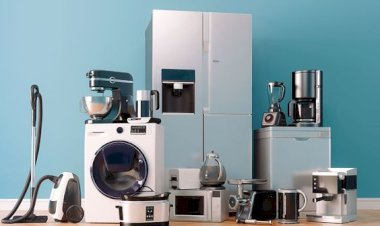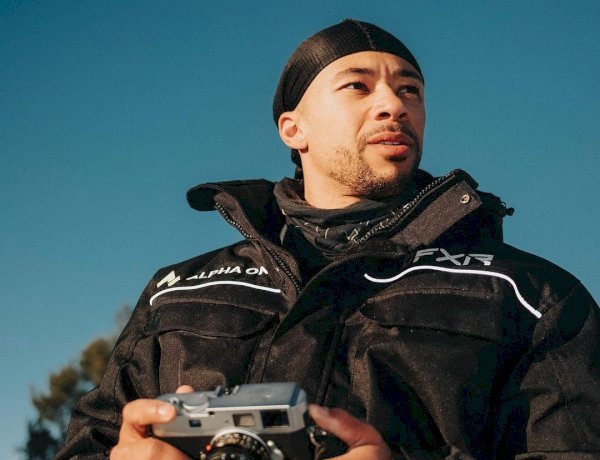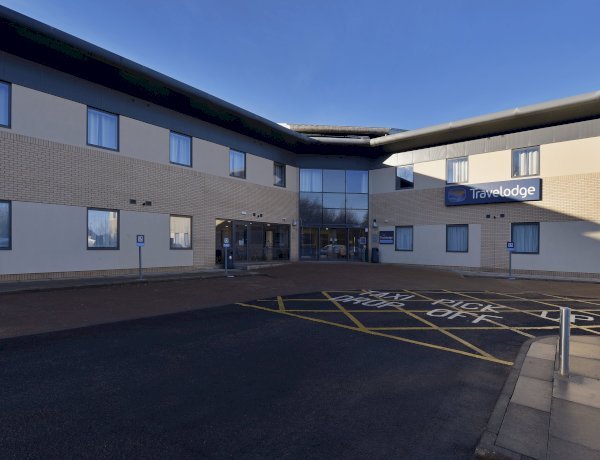Night Vision Devices in Mountain Rescue Operations | 2025 Guide
Learn how mountain rescuers use night vision and thermal imaging devices to save lives in low-light conditions. Explore the types of NVDs used and their benefits during critical missions.

Freeriding, mountaineering, and hiking in the mountains attract millions of adventure seekers every year. However, these thrilling activities also come with real risks. A wrong step or unexpected weather can quickly turn a fun day into a dangerous situation. That’s when mountain rescuers step in—braving difficult terrains and harsh conditions to save lives. In their missions, rescuers rely on advanced tools, including AGM night vision devices, thermal imaging equipment, and other optics. These devices are essential for operating in low-light environments where visibility is limited.
Types of Night Vision Devices Used by Mountain Rescuers

Rescue teams use several types of night vision devices (NVDs), each suited for different environments and conditions. The right choice can greatly impact the success of a search operation, especially when time is critical and visibility is low.
1. Light-Amplifying Devices
These are the most commonly used night vision tools. They work by amplifying available natural light—such as moonlight or starlight—so that even dim surroundings become visible. Rescuers use devices like binoculars, monoculars, and night vision goggles to detect missing persons during the night or early dawn. These tools are particularly helpful in open areas where ambient light is minimal but still present.
2. Thermal Imaging Devices
Unlike light-amplifying devices, thermal imagers detect heat rather than light. They are ideal for spotting people in dense fog, darkness, or smoky environments where visibility is close to zero. On-screen thermal images highlight warm objects like people or animals, making them stand out against the cooler background. Devices like thermal imaging cameras, binoculars, and monoculars help scan large areas quickly and effectively.
3. Combination Devices
Modern rescue teams often use devices that combine both night vision and thermal imaging technologies. These dual-function tools allow rescuers to switch between modes or overlay images, giving them more detailed and accurate information. Binoculars with built-in thermal and light amplification features are becoming a standard in complex rescue missions.
Why Rescuers Use Different Night Vision Devices

1. Improved Visibility
Night operations in mountainous terrain would be nearly impossible without enhanced visibility. Light-amplifying devices allow rescuers to see paths, obstacles, and potential victims at night. When ambient light is completely absent—such as in heavy fog or under cloud cover—thermal imaging steps in to provide visibility through heat detection. This ability allows search operations to continue even when natural light is unavailable.
2. Increased Safety for Rescuers
NVDs do more than help locate people—they also protect the rescuers. Better visibility helps avoid accidents such as falls, missteps, or collisions with unseen obstacles. Night vision also helps in identifying dangerous wildlife and navigating complex terrains. By allowing teams to communicate visually and stay aware of each other's movements, these devices reduce the risks faced during nighttime missions.
3. Higher Chances of Successful Rescue
Every minute counts in mountain rescues, especially during extreme weather or cold temperatures. Night vision tools allow operations to continue without waiting for daylight, giving injured or lost individuals a better chance of survival. These tools also reduce the response time in emergencies, which is critical when dealing with hypothermia or severe injuries.
Use of NVDs in Aerial Rescue Operations

Helicopters and drones play an important role in mountain rescue missions. These aerial tools are equipped with NVDs to allow for safe flight and accurate searches during the night. For helicopter pilots, night vision enables safer navigation around cliffs, tree lines, and obstacles such as cable cars or power lines. From the air, thermal and night vision cameras help spot people who may be otherwise hidden from ground view.
Drones fitted with thermal or night vision cameras also offer a huge advantage. They can cover large areas quickly, identify heat signatures from people or animals, and relay live footage to rescue teams. This saves valuable time and helps pinpoint the location of victims with higher accuracy.
The Bottom Line
Night vision and thermal imaging technologies have become essential tools in mountain rescue operations. From ground patrols to aerial support, these devices improve visibility, reduce risk, and increase the chances of successful rescue missions—often making the difference between life and death in critical situations.
Frequently Asked Questions (FAQ)
1. Why do mountain rescuers need night vision devices?
Mountain rescuers often work in low-light conditions such as nighttime, fog, or storms. Night vision devices help them see clearly, locate victims faster, and stay safe while navigating dangerous terrain.
2. What’s the difference between night vision and thermal imaging?
Night vision devices amplify available light (like moonlight), while thermal imaging detects heat signatures. Thermal devices work even in complete darkness, fog, or smoke, making them ideal for rescue operations when visibility is extremely low.
3. Can drones with night vision help in mountain rescues?
Yes. Drones equipped with night vision or thermal cameras can scan large areas quickly, detect heat from people, and provide live video to rescue teams. This improves response time and search accuracy.
4. Are thermal imaging devices better than night vision goggles?
Each has its strengths. Thermal imaging is better in total darkness or poor weather, while night vision goggles are more effective in areas with some ambient light. Many rescue teams use both for different situations.
5. What kind of night vision devices do professionals use?
Professionals use light-amplifying goggles, thermal cameras, and combination devices that include both technologies. Brands like AGM offer specialized gear designed for rescue teams and rugged environments.




























